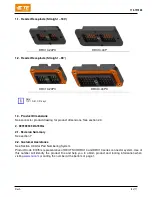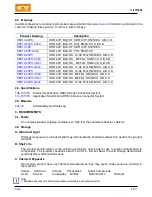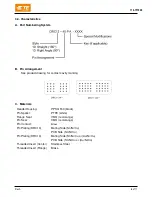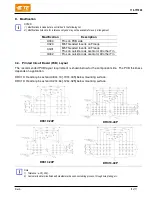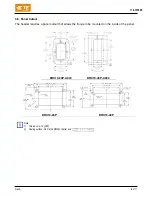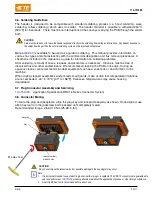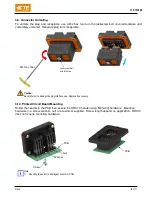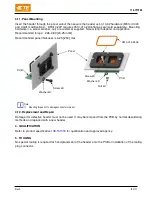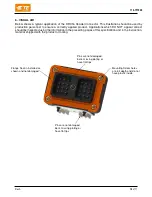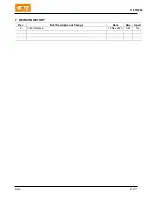
114-151049
Rev A
7
of 11
3.6. Soldering Guidelines
The header is designed to be compatible with standard soldering process (i.e. hand soldering, wave
soldering, reflow soldering) which uses tin solder. The header material is capable to withstand 260°C
[500°F] for 5 seconds. There must be no interruptions of the conveyer carrying the PCB through the solder
bath.
CAUTION
Care must be taken not to leave the header exposed directly to the soldering flow during an interruption. Any header exposed to
the solder flow longer than the normal soldering cycle must be rejected and replaced
is available to be used as a guide to soldering. This manual provides information on
various flux types and characteristics with the commercial designation and flux removal procedures. A
checklist is included in the manual as a guide for information on soldering problems.
After soldering, removal of fluxes, residues and activators is necessary. Cleaners must be free of
dissolved flux and other contaminants. We recommend cleaning the PCB on its edge. If using an
aqueous cleaner, we recommend standard equipment such as a soak-tank or an automatic in-line
machine.
When drying cleaned assemblies and printed circuit boards, make certain that temperature limitations
are not exceeded: -40° to 70°C [-40° to 158°F]. Excessive temperatures may cause housing
degradation.
3.7. Plug Connector Assembly and Servicing
Application Specification DRC16 Series Connector System
3.8. Connector Mating
To mate the plug and receptacle, align the plug key and receptacle keyway as shown. Once aligned, use
a M4 hex tool turn the jackscrew bolt clockwise until completely mated.
Recommended torque: 2.82-3.13 Nm [25-28 in-lbf].
Jackscrew Bolt
with M4 Hex
Key
Keyway
CAUTION
Do not over torque the jackscrew bolt or possible damage to the housing(s) may occur.
Note
1.
It is not recommended to use dielectric grease on either plug or receptacle. The DRC16 connectors are guaranteed to
seal and perform per
product performance without the application of grease or other foreign substance.
2.
A ball-tip M4 hex tool is recommended for ease of use.
M4 Hex Tool


